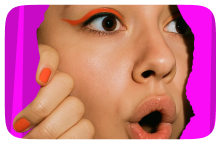“Burnout is just chronic stress that never gets managed,” Shira Lazar says. “For creators, it begins early: working nonstop for years with no support, no money, and the pressure to consistently produce content to get noticed. Even when you ‘make it,’ you’re not off the hook. You’re running a small business, juggling a million things, and at some point, you always have to drop back in. The stress never really stops.”
Creator burnout isn’t just anecdotal; it’s endemic. A 2022 study by Nebula and Standard found that over 90% of creators have experienced burnout, with nearly 70% reporting that it has hurt their mental health. According to The Influencer Report by Morning Consult, one in four Gen Zers aspire to become influencers, yet few are prepared for the emotional toll that comes with it.
Constant content demands, algorithm anxiety, harassment, and financial instability all contribute to rising rates of depression and anxiety. In a 2023 survey from Linktree, over 50% of full-time creators said their biggest challenge was managing their mental health, and 71% reported feeling “always on.”
With platforms rewarding constant output and offering little protection, many creators find themselves overwhelmed, isolated, and unsure where to turn for support.
Putting the “Fun” in Dysfunction
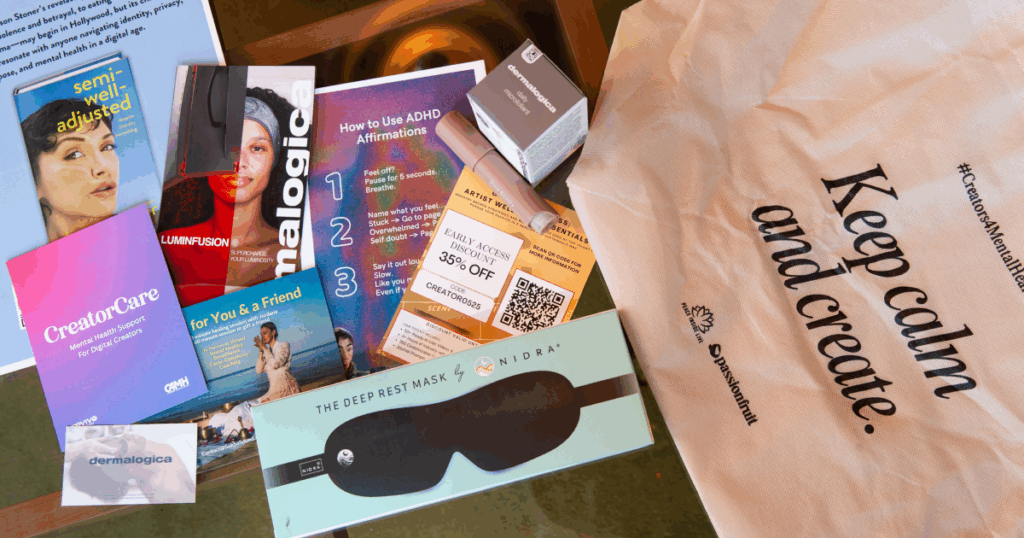
Lazar knows that world intimately. “I consider myself high-functioning, which honestly just means I’ve learned to normalize dysfunction,” she says. “You keep moving, managing the anxiety, the depression, the chaos, until you realize, maybe this isn’t normal.” That realization hit harder after watching a former partner, once a massively popular YouTuber, spiral into depression and alcoholism as his career collapsed. “He went from making $50k a month to almost nothing in weeks. YouTube changed the monetization rules, and there was no one to call, no one to explain why. It broke him.”
Lazar describes a generation of creators who came up with no safety net, no training, and no idea how to handle the emotional fallout of algorithmic success or failure. “If you weren’t G-rated, you were done. And when that rug gets pulled, it’s not just about money; it’s identity, validation, and your entire self-worth. I’ve had peers disappear from the internet completely or meltdown on camera because there’s no support system built for us. That’s the reality.”
CreatorCare
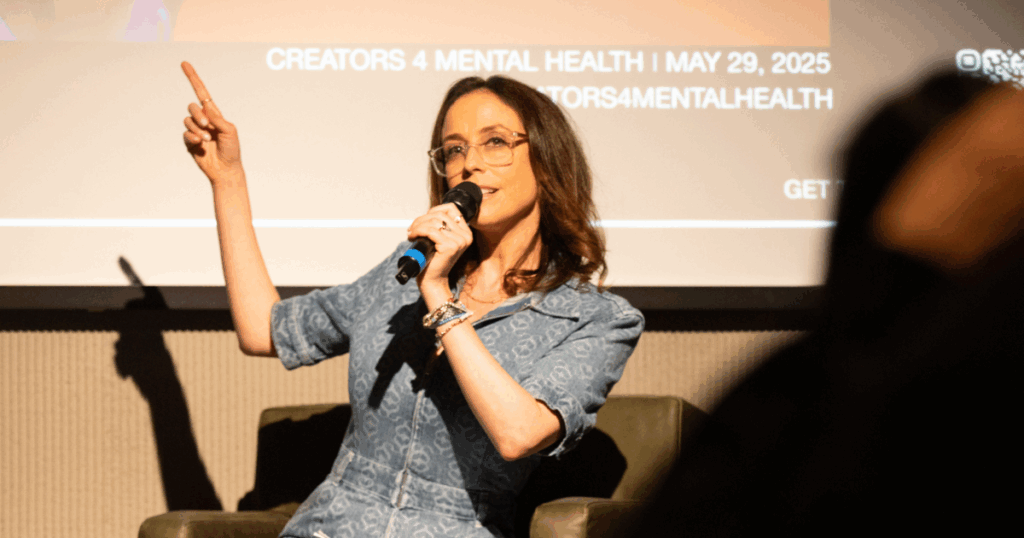
One of Lazar’s latest projects carries more weight: the mental health of the creators we scroll past daily. CreatorCare is a therapy initiative designed for individuals working in the digital sphere. Sliding-scale sessions start at $60 with real licensed therapists: ones who get that creators rely on unstable income, deal with constant parasocial whiplash, and the pressure of living online. Lazar knows burnout isn’t just a vibe; it’s a full-blown crisis.
CreatorCare isn’t just an awareness campaign but also a social and emotional infrastructure. Therapy for people who live on camera, who carry the weight of an audience, and who are told to “just unplug” as if that’s an option. They need someone to talk to, just like the rest of us.
In an industry where everyone is expected to overshare, no one knows where to turn when they fall apart, so Lazar used her power for good.
When she partnered with Revive Health Therapy, an established California-based practice, it wasn’t a licensing deal or a content collab. “They had the infrastructure, I had the vision,” she says. “They weren’t asking me to promote anything; they wanted to build something that could support the way creators live and work.”
That meant affordable care that accounts for the chaos of digital life: inconsistent income, lack of insurance, and therapists who understand what it means to live online. It’s a system that includes training therapists on how to support digital natives rather than pathologizing them.
From Advocacy to Action
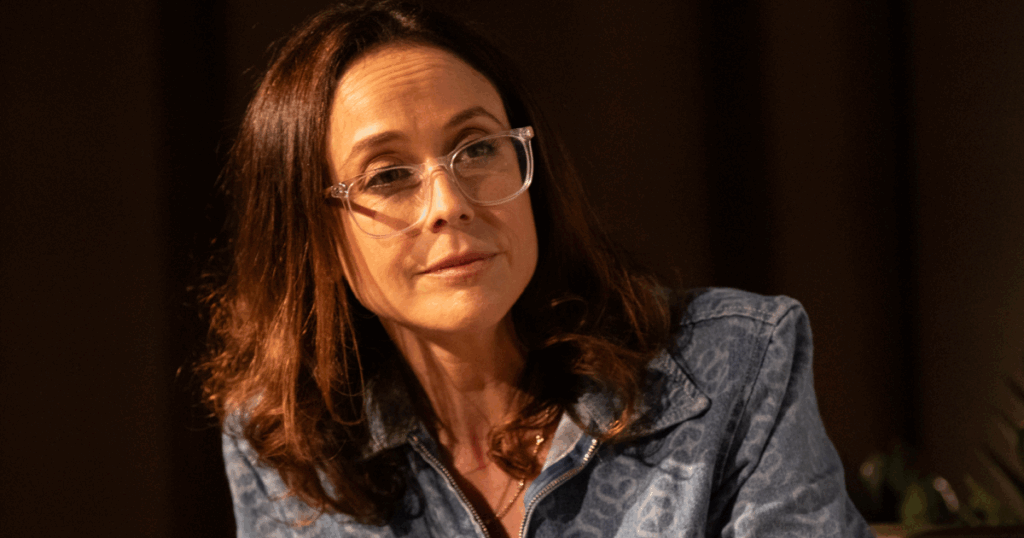
The creator economy runs on broken promises: 92% of creators experience burnout, yet 0% of major platforms offer mental health support. Over half rely on side hustles to survive, while algorithms push them to post daily — or else. For every viral star, there are thousands more drowning in ‘always on’ panic (71%), harassment (41% of women), or sudden demonetization (some losing 90% of income overnight).
It’s an industry that preys on passion and calls it a career.
For Lazar, there was a lightbulb moment: she’d been so invested in community work that she realized talking about burnout wasn’t enough. “It was a journey from advocacy to action,” she says. The fact that she had to build CreatorCare in the first place was a wake-up call.
“We work in an industry that gets written up in Forbes for how much money it makes, but most of the people holding it up don’t see any of that security. No benefits, no safety net, no mental health support.” She’s a passionate advocate for therapy — she uses it herself — but sees CreatorCare as part of a broader effort to address the systemic holes left by government and industry alike.
“Until there’s universal health care or an actual framework for supporting gig workers and digital creatives, we have to step up and build the systems we want to see.”
It’s all Just a Little Bit of History Repeating
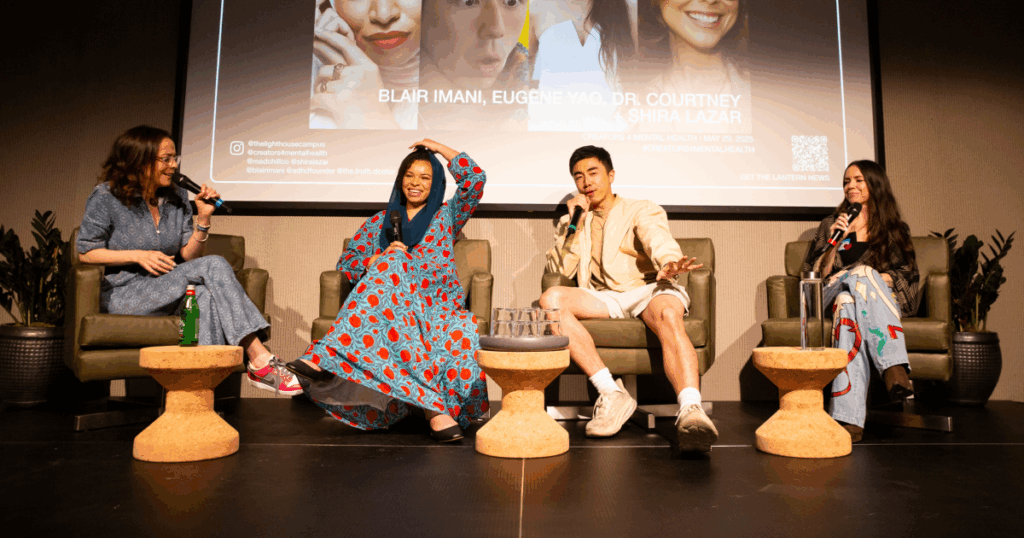
She’s candid about her history. “I had early success with What’s Trending, awards, an Emmy nod, and big partnerships, but also very public failures. When things fell apart, I didn’t know how to cope. I wrapped my entire identity in my work, and when it cracked, so did I.” From witnessing peers flame out in real-time to her spirals, Lazar has seen the entire arc. “There was no safety net then, and there still isn’t. That’s why I built CreatorCare because we shouldn’t have to fall apart just to get help.”
Shira Lazar has lived many creative lives. She hosted the red carpet at the very first VidCon, held in a hotel basement. She’s worked red carpets for the Tonys, the Oscars, and the Grammys. She’s earned an Emmy nomination for What’s Trending, and been named one of Fast Company’s Most Influential Women in Technology, a Variety Woman of Impact, and honored with both Webby and Streamy Awards.
Not too shabby of a résumé.
And yet, she’s the kind of person who will still hop on a high school podcast to talk to teens about AI. “There’s a place in my heart for young people trying to do things,” she says. “I was like, That is so cool. Go, you. I mean, to have a podcast at 15?” Lazar beams. “At first I was like, this might be weird, I’m on the podcast of a 15-year-old, I could be your mom! But she asked great questions. We talked about AI. It was awesome.”
The Future’s So Bright (You Gotta Stay Sane)
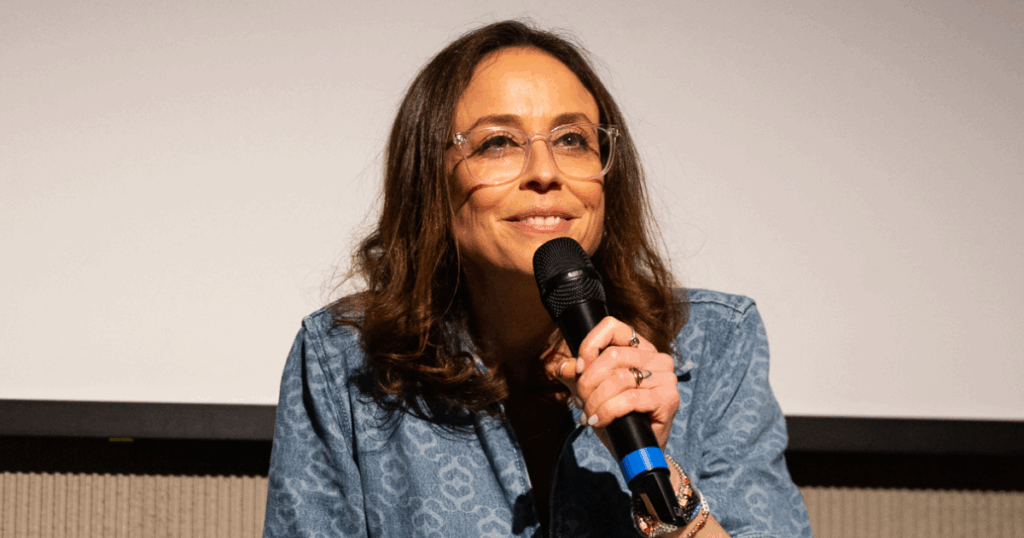
And that’s not to say things in the social media world are some dystopian nightmare. But there is validity in trying to help those who aren’t raking in millions of dollars and have people fawning over them at every turn. Lazar is now focused on making the right kinds of changes to her life while also helping those in her community live their best lives with an infrastructure that ventures into uncharted territory.
Shira Lazar knows better than most: in an industry that mines vulnerability for clicks, the real disruption isn’t virality; it’s staying sane.
